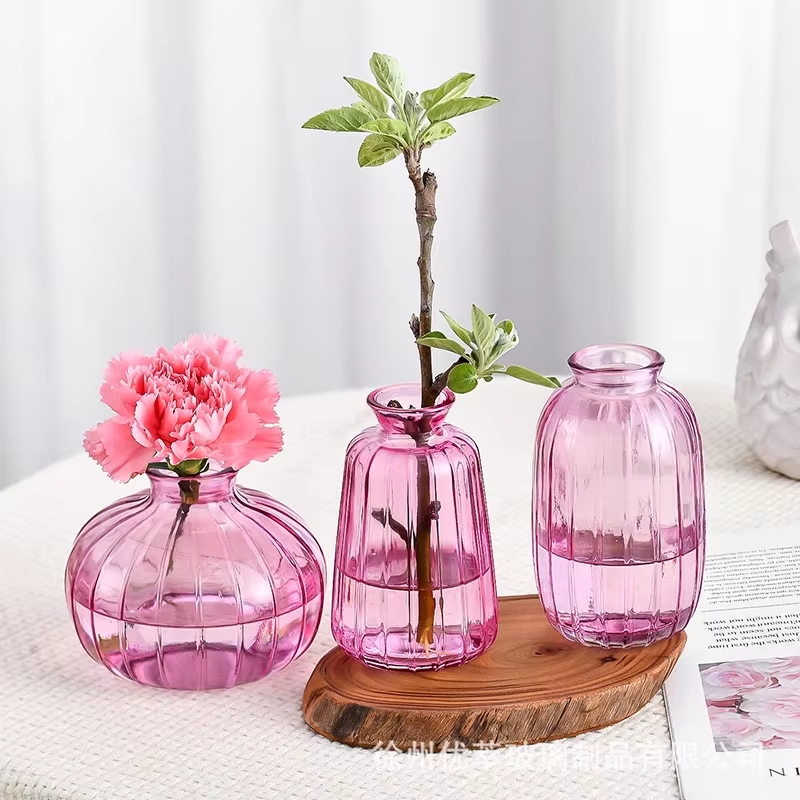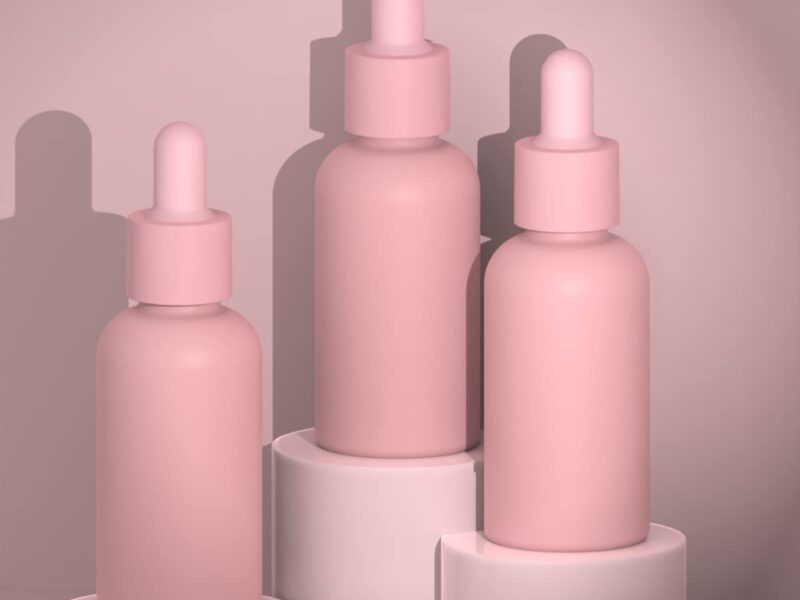
The Rise of Pink Glass Bottles in the Beverage Industry
If you walk into a posh retail store for wine in Paris as well as an artisanal spirits retailer in London or even a chic roof-top bar located within New York, and you’ll most likely find glasses of pink shining under the light and their warm colors striking against the sea of clear or green glass. The once-infrequent design experiment for small-scale packaging has become a fast expanding trend that is changing how brands approach designs.
The psychology of color is a significant factor to do with. Pink has a variety of shades -It can be delicate and romantic, strong and bold, or fun and youthful depending on the color. This versatility lets it be appealing to various types of people but without losing its unique character.
The growth of glass that is pink isn’t only about looks, but it’s as much all about market placement:
- emotional resonance Pink is a symbol of feelings of warmth, love and celebration.
- Impact on shelves Shelf impact – in retail settings Pink glass bottles stand out against the more conventional glass bottles. They are clear, green, or even brown bottle.
- storytelling Color creates a mood before the label has even been seen.
The rise of social media has helped accelerate the growth. The 2024 study of the Packaging Trends Institute found that photos of glasses with colored bottles Instagram were able to garner 27 percent more engagement as compared to posts featuring transparent glass. Companies are now designing packaging that have an “camera-first” mindset with the knowledge that a stunning bottle will get photographed and then shared.
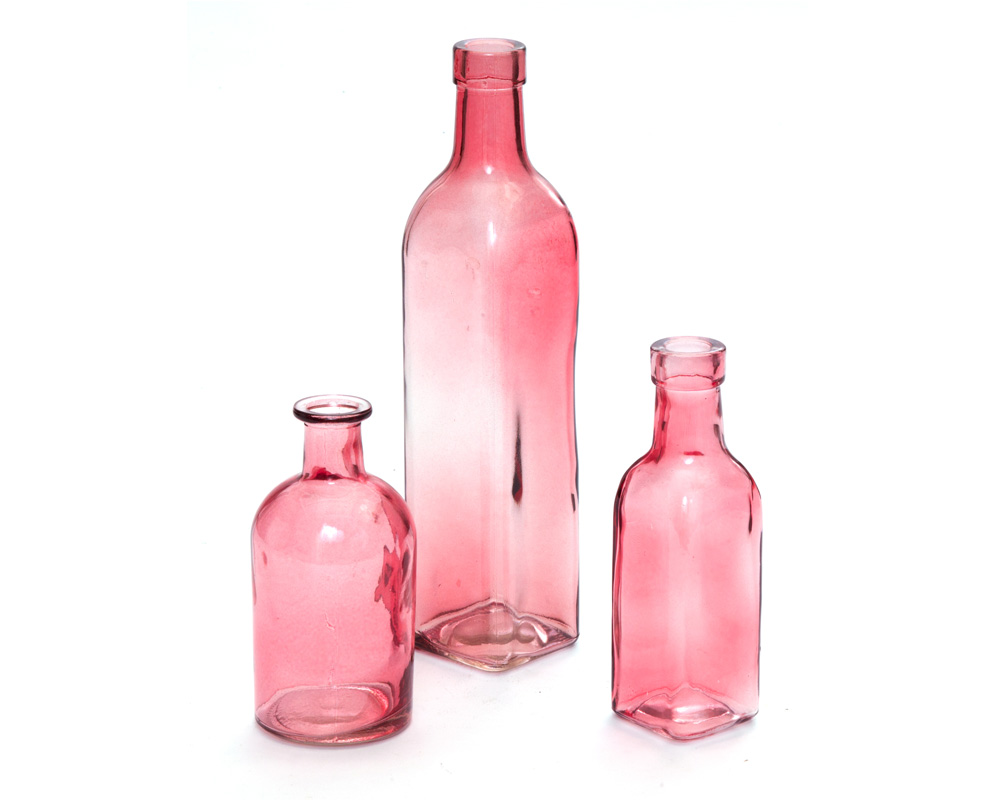
Data from the industry confirms the trend:
- 38 percent growth in global orders for pink glass bottles between 2020 and 2024.
- More uptake spirits (especially vodka and gin) and wines (especially sparkling and rose).
- The market is growing increasing presence the market of non-alcoholic premium drinks like water infused with botanicals and flavorings.
“We’re seeing a genuine shift,” Says Amelia Grant, a London-based packaging strategy. “In the past colored glass was just an exclusive product for collectors or premium versions. Today the pink glass bottles are becoming part of the mainstream line-up but without losing the premium advantage.”
Inside Valiant Packaging‘s Design Philosophy
Although many companies have jumped onto the trend of pink glass, Valiant Packaging is leading the discussion. The firm, which is located in Shandong, China, has been working for decades to perfect the craft manufacturing high-quality glass bottle that are suitable for the worldwide spirits market.
Founder’s Note – Dean Fan
“A bottle isn’t simply packaging It’s a element of the brand’s heart. If we create the pink glass bottle we’re not simply choosing the color, we’re influencing what people think of the company’s brand.”
The design process at Valiant is deliberately collaboration-based. Prior to the sketch being created, the design team will conduct the brand’s immersion session and reviews everything from the logo of a customer and products they have in place to the preferred customer segment.
The procedure encompasses:
- Conceptualization Create mood boards that mix the shapes and shades of a mood board with and textures on surfaces.
- Prototyping Test batches to test how color performance is affected under artificial and natural lighting.
- functional testing Testing to ensure that the structure is able to improve manufacturing efficiency and transport durability.
- Final elements The final step is selecting closures, labels, and decorative elements to enhance the glass’s pink color.
Shade management is crucial. Valiant’s designers have noticed that each shade of pink has the same emotional meaning:
- Blush Pink Blush Pink HTML0 Elegant, soft, and typically paired with minimal labels to accompany rose wines.
- Magenta Pink – Bold, energetic, ideal for spirits targeting younger, nightlife-driven audiences.
- Coral Pink – A warm, welcoming, and commonly used to make drinks with fruit or for summer-themed drinks.
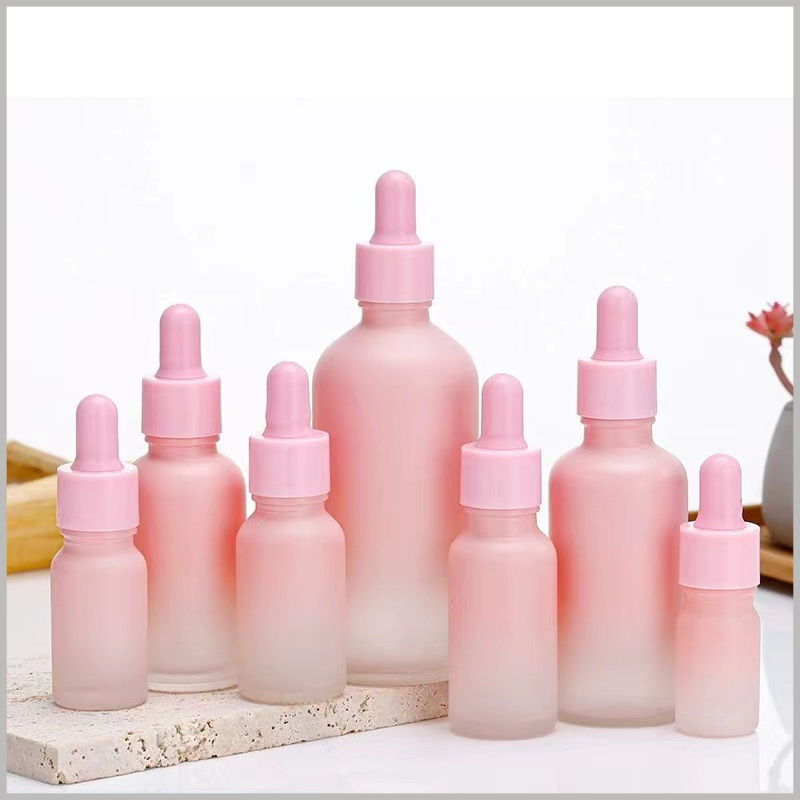
Innovation in Glass Manufacturing
Making glasses made of pink with a consistent quality is more than just an attractive design. It needs technical know-how in glass chemistry and engineering.
In Valiant Packaging, the process starts with meticulously sourced raw materials such as high-quality silica sand and soda ash limestone, as well as particular mineral additives for the pink hue. The exact color depends on the metal oxides which are typically selenium, cobalt manganese and cobalt in appropriate proportions.
manufacturing stages:
- Mixing in batches Raw materials are incorporated in exact amounts to assure uniform coloration.
- Melting The furnaces attain 1500°C to melt and liquefy materials.
- The process of infusion color Pigments are infused in the molten glass through precisely controlled intervals.
- Forming The liquid glass is formed into bottles using automated molding system.
- Annealing bottles cool gradually in ovens for lehr to avoid internal stress.
- Surface treatments Frosting, coating or embossing can enhance your appearance.
Technology innovations from Valiant are:
- Gradient tinting A seamless shift from a deep pink color in the middle to lighter shades around the neck.
- Glass with two shades Pink and crystal clear or frosted glass within one bottle.
- UV-safe coloration Enhances shelf-life by decreasing the light exposure impact.
The strict quality monitoring makes sure that each bottle is in line with customer specifications regarding color accuracy as well as clarity and durability.
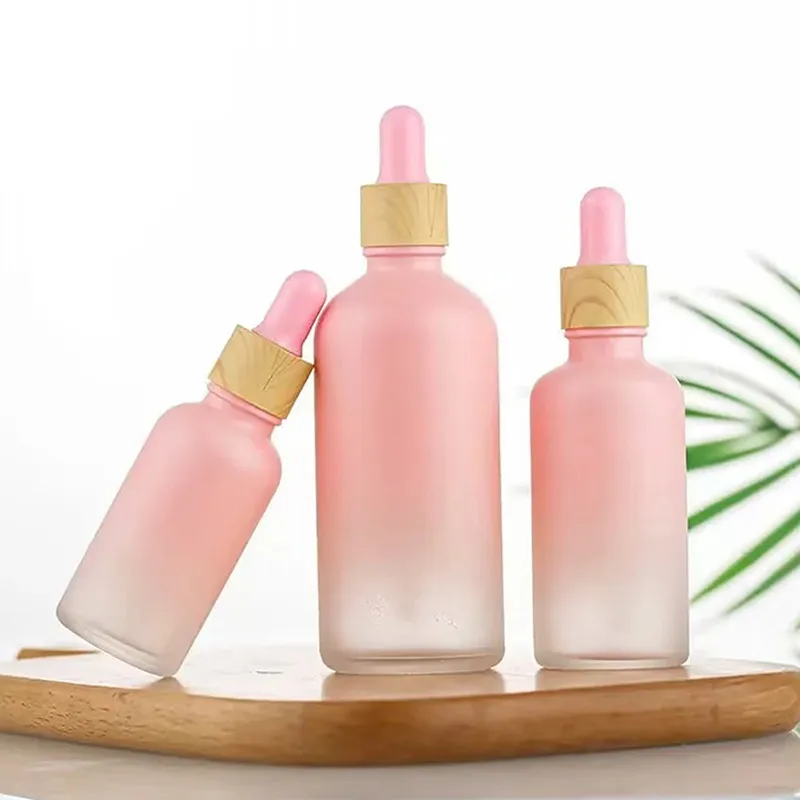
Sustainability in the World of Colored Glass
Today, eco-responsibility is non-negotiable. Valiant Packaging has positioned itself as a pioneer in green glass manufacturing and has made sure the the pink bottles are compliant with both environmental as well as design standards.
Measures to sustain the environment:
- up to 60% of cullet is recycled for production batches, which reduces energy consumption.
- Closed-loop systems for water which recycle and process water.
- Natural gas furnaces equipped with emission-free burners that reduce CO2 emissions.
- Partnering with recycling programmes for export markets in order to promote recycling by end-users.
Glass can be recycled infinitely, and colors of glass preserve their quality over a number of cycles. That means that a pink glass bottle may be transformed into a bottle in the same hue without being able to lose performance.
“We want our products to be part of a positive environmental story,” claims Dean Fan. “A beautiful bottle shouldn’t come at the planet’s expense.”
Pink Glass Bottles in the Spirits Market
Case Study: French Rose Winery
An ancient vineyard situated in Provence joined forces with Valiant to create an blush-pink bottle featuring embossed crest. The sleek design was a hit with Asian buyers which led to an increase of 35% in export purchases.
Case Study: UK Gin Distillery
To create a botanical gin that was infused with hibiscus Valiant designed an magenta bottle, with a crystal neck as well as engraved botanical motifs. The campaign was launched using Instagram influencers in the campaign, and it quickly went on to become a bestseller.
Case Study US: Luxury Vodka
A brand known for its nightlife offerings collaborated with Valiant to create the creation of a dark blue gradient bottles featuring metallic foil letters. Club owners have reported that customers were requesting the bottle by “the pink bottle vodka,” helping to increase the brand’s recall.

Global Market Expansion — Pink Glass Bottles Around the World
In the last decade, pink glass bottles are moving from considered a niche packaging alternative to an international style trend that is which is being embraced by beverages, cosmetics and lifestyle companies. It’s not only in color but reflects the shift in the psychology of consumers as well as market demand.
Regional Preferences and Cultural Influences
- North America: The U.S. and Canada have observed rose-colored glass bottles dominate this premium rose wine segment. The year 2024 saw California producers reported an rise of 22% in rose sales which is attributed to a significant portion of this growth to the attractiveness of the pink packaging. Beyond wine, the artisanal Gin brands are embracing pink bottles to signify newness and contemporaryity.
- Europe Europe: In France and Italy Pink bottles are now a symbol of elegance. Mediterranean beverage makers have a connection between the pink tones and summer lifestyle branding which makes them essential in resorts with luxury. The craft beer scene in Britain is also exploring deep pink tones in order to appeal to the younger market.
- Asia-Pacific: Japan, South Korea, and China are witnessing the use of pink bottles extensively used in cosmetics as well as premium tea packaging. For China’s spirits market this mixture of pink glass with gold foil embossing has been gaining popularity as a favorite gift for people to give.
- Middle East: The popularity of pink glass has increased for non-alcoholic beverages packaging because of cultural preferences towards vibrant sophisticated designs for Ramadan as well as Eid gift packages.
Statistical Growth
The 2025 Glass Packaging Association report found that worldwide demand in glasses with pink color was up by 18% over the course of a year. The growth will likely to continue at a cumulative annual growth rate (CAGR) of 12 percent in the coming five years. This is driven by the beverage as well as non-alcoholic industries.

Future Trends in Pink Glass Bottle Design
What’s to come for Pink glass bottles is inextricably linked to the development of technology changing cultural preferences, as well as environmental goals.
Color Evolution
Forecasters for the market predict that the next ten years will witness the emergence of:
- Pink glass bottle with a gradient mixing pink and champagne gold, or white frost to produce the appearance of luxury.
- Textured finishing include the ripple effect of glass, and sandblasted materials to create tactile branding.
- Pink glass that is UV reactive used to be used for event and nightlife marketing.
Smart Packaging Integration
Valiant Packaging’s R&D team is looking into the possibility of QR codes on pink bottles which connect customers to immersive brand experiences, products tracker tracking the origin of the product, as well as recycling guidelines.
Cross-Industry Collaborations
Designers and fashion houses have been collaborating with beverage brands to design exclusive champagne glass collections. As an example, an Paris fashion label has recently created a champagne bottle that was pink and had embedded Swarovski crystals. The bottle was sold out within two weeks.
Sustainability as a Driving Force
The future designs are expected to focus on the use of 100% recycled pink glass, lightweight bottle structures to lower shipping emissions as well as bottles that are refillable.
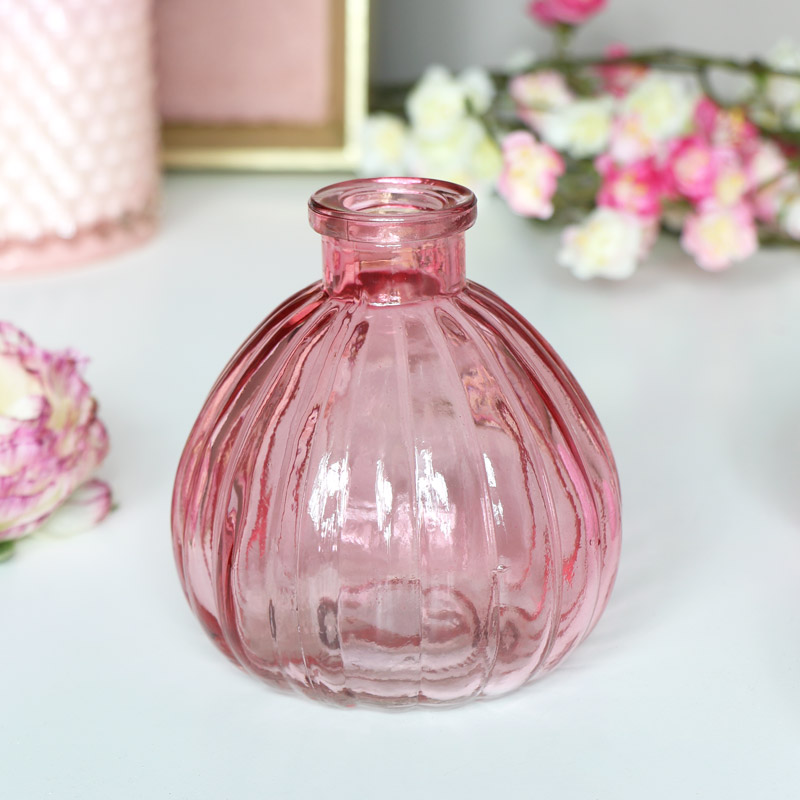
“CEO” Dean Fan — Leading through Vision and Craftsmanship
If asked about the fast increase in Pink glass bottles, Valiant Packaging CEO Dean Fan says that the bottles are a blend of engineering and art.
“Color is emotion,” Dean states. “When we produce a pink glass bottle, we’re not just selling packaging–we’re selling a feeling, a memory, a brand’s identity.”
The Manufacturing Philosophy
Dean insists on accuracy and sustainability:
- Custom-designed molds in house Each pink bottle of glass begins with an custom mold to ensure the uniqueness of each shape.
- Color-controlled infusion In lieu of covering, Valiant utilizes full-color infusion within molten glass to provide durability as well as the appearance of a premium finishing.
- Multi-stage quality inspections Every bottle is subjected to three stages of scrutiny to ensure structural integrity and clarity as well as color stability.
International Collaboration
Under Dean’s guidance, Valiant Packaging has partnered with distilleries from Scotland as well as vineyards in Italy as well as skincare companies in Japan, all looking to give Pink glass bottles the way they want to be.
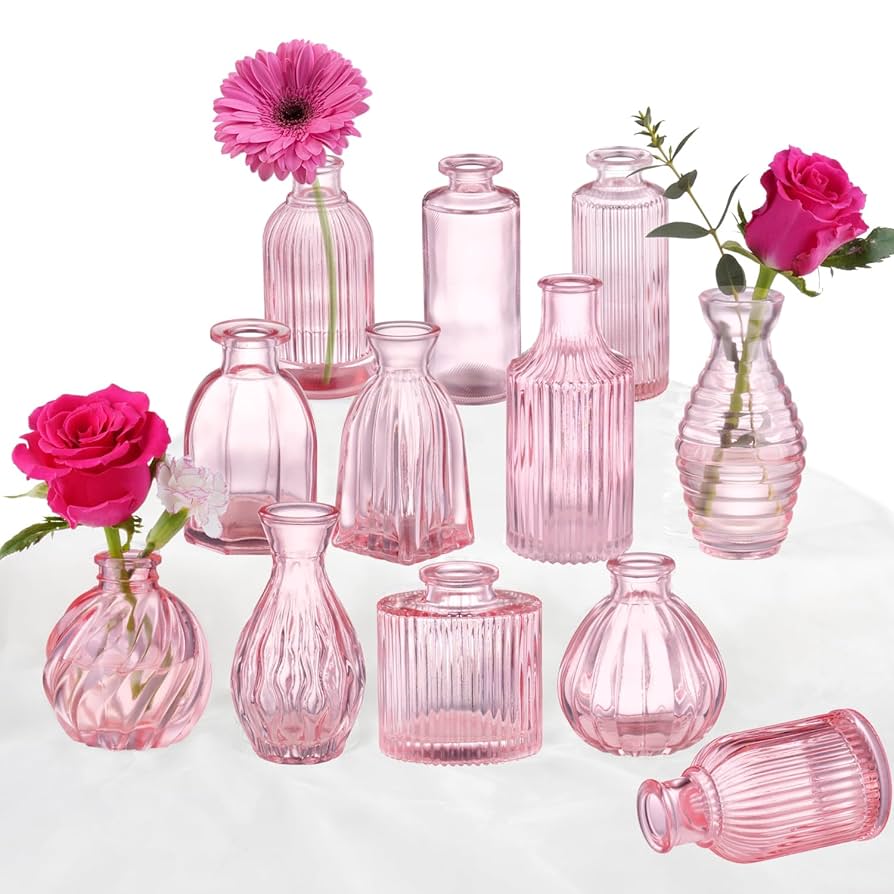
Behind the Scenes — How Pink Glass Bottles Are Made
A visit to Valiant Packaging’s cutting-edge building reveals the craftsmanship that lies behind each Pink glass bottle.
- Raw Material Preparation
Silica of the highest quality soda ash, sand and limestone are mixed together with eco-friendly coloring agents to create the distinctive pink hue. - Furnace melting
It is the mix is heated to temperatures of 1,500 degrees Celsius and is sprayed with that the glass remains smooth and bubble-free. - Mold casting
Molds that are custom-made are made of molten glass and are filled and are shaped precisely to meet the specific brand of each customer. - Annealing Process
Bottles pass through a temperature-controlled lehr to relieve internal stresses, ensuring strength and durability. - Branding and Decoration
Methods such as foil stamping, silkscreen printing and acid etching can be utilized to give each bottle its own unique character. - Quality Control and Quality Control & Packaging
Scanners with optical capabilities and human inspectors examine each bottle prior to packing to be shipped.
Expert Perspectives on the Pink Glass Bottle Trend
Industry experts are of the opinion the the pink bottles of glass aren’t just an occasional trend, they will be around for a long time.
- Dr. Laura Smith, Beverage Packaging Analyst: “Color psychology plays a major part in purchase decision-making. Pink is a warm and inspiring color that evokes creativity and warmth and is a perfect selection for premium as well as lifestyle items.”
- James Oliver, Sustainability Consultant:
“Valiant Packaging’s move to 100% recycled pink glass aligns with the global push for circular economy solutions.” - Maria Fernandez, Designer of Luxury Brands:
“In my work, I view pink glass as a bridge that connects tradition and contemporary. It’s appealing to both heritage-driven and fashion-conscious buyers.”
